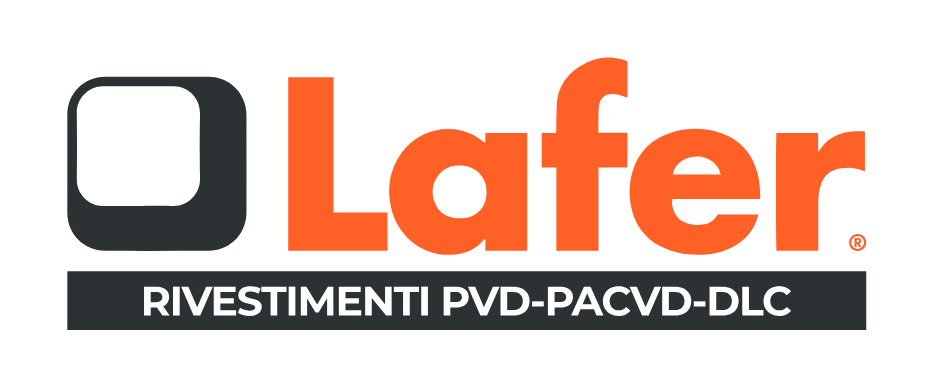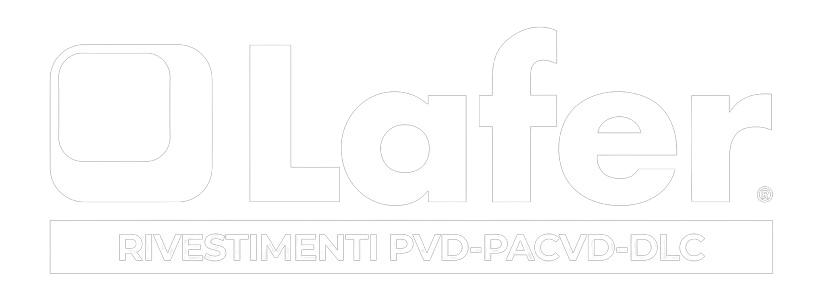Uses and purposes
In the plastic molding sector, the quality of the mold surface is crucial. The better the physical characteristics of the surface, the better the finish of the molded piece.
Lafer has developed a package of coatings and surface treatments that ensure protection for mold surfaces, increased wear resistance, and reduced friction in moving parts (such as columns and carriages).
After years of research and development, the R&D team has perfected two solutions that directly correlate productivity with aesthetics. Durlafer, an anti-scratch treatment for molding optical surfaces and transparent plastics, and Superlattice – OX, an anti-adhesive coating for molding compostable plastics.
Adhesive Bonding / Cosmetic Defects
In plastic molding processes, adhesion issues occur during the part ejection phase and are the result of either excessively high ejection forces or insufficient cooling times.
In injection molding, aesthetic defects on the molded parts are common. The phenomena causing these defects include suction effects and plastic material adhesion.
Corrosion
Corrosive phenomena in plastic molding pose a threat to mold efficiency in production.
Corrosion mechanisms can develop due to the composition of the injected plastic, the cooling medium, or a humid or corrosive production environment.
Abrasive Wear
Advancements in automotive and furniture industries have led to a substantial increase in the use of additive-enhanced plastics. The presence of materials like glass fibers, carbon, wood, and pigments makes molded plastic highly abrasive.
To achieve optimal mechanical resistance and aesthetic results on molded pieces, achieving the best possible surface finish on molds is essential.
Proposed coatings for every application
Lafer continually refines its base coatings by adapting them to customer needs, thereby creating specialized coatings optimized for specific applications.







